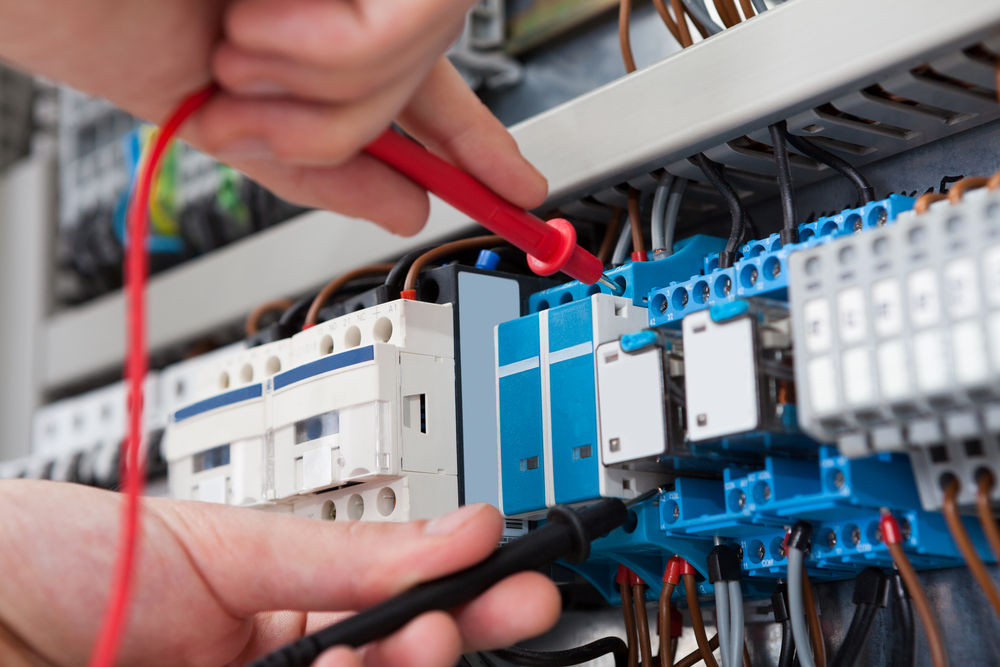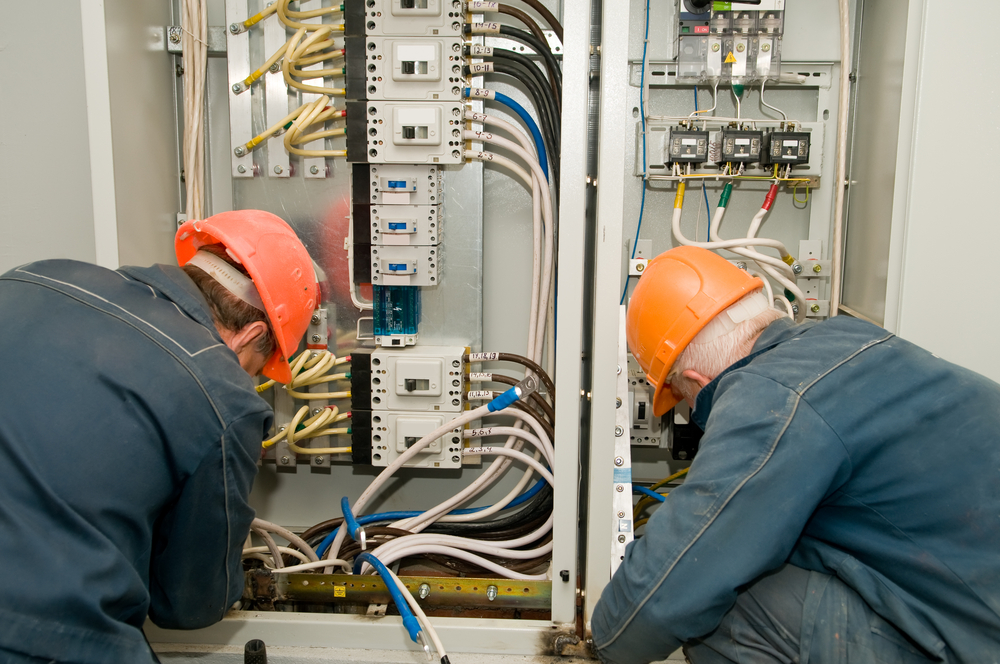As electric vehicles grow in popularity, many people still have questions about EV charging and how it will fit into their lives. This is further complicated by the fact that there are so many different types of chargers popping up and each of them looks slightly different at face value. The good news is, EV chargers are not as complicated as they look and can be broken down into three simple levels.
The Three Levels of EV Charging
Now that you understand how we ended up with so much variation in our charging systems, it’s time to break down what the three levels actually look like. Fortunately, chargers are labeled Level 1, 2, or 3 so they are easy to remember. Each level refers to the amount of power available for charging at that plug-in.
Level 1 Charging
Level 1 is the slowest type of charging available. Basically, it uses a regular 15- or 20-amp household outlet to plug your car in. Obviously, the standard outlet is not capable of producing massive amounts of power very quickly, but it can deliver a slow, steady stream of about four miles per hour to your car.
For most modern electric vehicles, this means it would take nearly 30 hours to fully charge your vehicle. For this reason, Level 1 charging is not very popular but can be a good option for residences where you can leave a vehicle plugged in overnight and wake up with enough charge for your daily commute. In the early days, some municipalities made Level 1 chargers available to the public, but they quickly became obsolete, and few businesses would find value in offering Level 1 charging these days.
Level 2 Charging
Level 2 charging is the next step up, delivering up to 80 amps of power using a more robust outlet. Since there is a wide range within Level 2 chargers, you can expect it to take 8-12 hours to provide a full charge. Many people choose to have a Level 2 charger installed at home so they wake up each morning with a full charge before starting their day.
Level 2 chargers are also very common at destinations like hotels, malls, and restaurants. They allow drivers to add up to 30 miles per hour to your range while they enjoy a variety of local amenities. This is the most common type of charger for businesses to invest in, and companies have found a corresponding return on their investment.
Level 3 Charging
Finally, we have Level 3 charging, which is commonly known as DC Fast Charging or Supercharging depending on which network you are using. Level 3 charging is the game changer that made it possible for drivers to traverse great distances without having to wait hours on end for a full battery. Not surprisingly, Level 3 chargers require a significant amount of infrastructure and are usually only available in large commercial areas.
DC Fast Charging is designed to take a car up to 80% battery in under 30 minutes, so drivers can get back on the road. When a car plugs in here, it will add 5-15 miles per minute to the battery range. It’s just enough time for consumers to stretch their legs, grab a cup of coffee, and settle back in for the rest of their drive.
Why 80%?
At this point, you may be wondering why DC fast chargers don’t take cars to 100% charge. There are a couple of reasons, but the most important one is that batteries wear down when they are charged up to 100% all the time. This is especially true when using a fast charger that produces excessive heat and strain on the system.
To protect the car’s battery, fast chargers dramatically slow down your charging rate after the 80% mark. The good news is, with the current availability of Level 3 chargers on the map, 80% should be more than enough to get people to their next stop.
Why So Many Types of Chargers?
The simple answer is that in the early days of electric vehicles, there were limited resources and technology to pour into accessible charging. Over time, technology has improved and more people have seen the value in investing, which means that newer and faster charging systems have been developed.
As a driver, understanding the different charger types comes in handy when you are planning a trip and need to estimate charging times. It is also useful for planning overnight stays and even your daily commute. As a business, understanding charger types can allow you to add a charger on-site that will draw consumers to your location.
Finding Chargers
Once you understand the major differences between the charger types, you may be wondering how consumers find the right chargers for their needs. As mentioned above, all of the big charging networks have their own apps these days, and there are a handful of third party apps that bring all of this information together into one place.
These apps tell drivers where chargers are located, what level they are, if they are inaccessible during certain hours, if any of them are out of service, how much they cost, and more. Some apps even let drivers leave reviews or comments on the location so other drivers can learn from their experience. Hotels and businesses often make their chargers available only to their customers through valet or a special access code, so you can take advantage of the time that they are at your location.
How Many Chargers Are There?
According to EVAdoption, there are currently about 110,000 public chargers operating in the United States. Of those, only about 1800 are Level 1 chargers. There are approximately 88,000 Level 2 chargers available, and most importantly there are nearly 20,000 Level 3 chargers out there.
How Does This Compare to Fueling Stations?
We’ve all heard people suggest that EVs are great unless you need to find a charger in a pinch. However, you may be shocked to learn that there are only about 145,000 fueling stations in the US currently. The number of public chargers is rapidly approaching that number and should serve as evidence that there is no shortage of chargers available today.
Adding Chargers to Your Location
As more consumers purchase electric vehicles, demand for charging stations continues to increase. Companies large and small have a chance to capitalize on this by investing in chargers that will draw drivers in. Drivers who know they’ll need to recharge will gravitate toward businesses that cater to their needs rather than going out of their way to find a charger elsewhere.
Even a Level 2 charger that can add 30 miles of range to a driver’s day is sufficient to convince them to stop by for lunch or a quick shopping trip. By not having a charger available, you could be missing out on a chance to reach new customers every day.
Now that you know the difference between the three levels of EV charging, hopefully, you can see how many people have already adapted to charging as a part of their daily routine. You can put your business on the EV map by investing in charging technology, too. To learn more about adding an EV charger at your location, contact Legacy Electric today.


